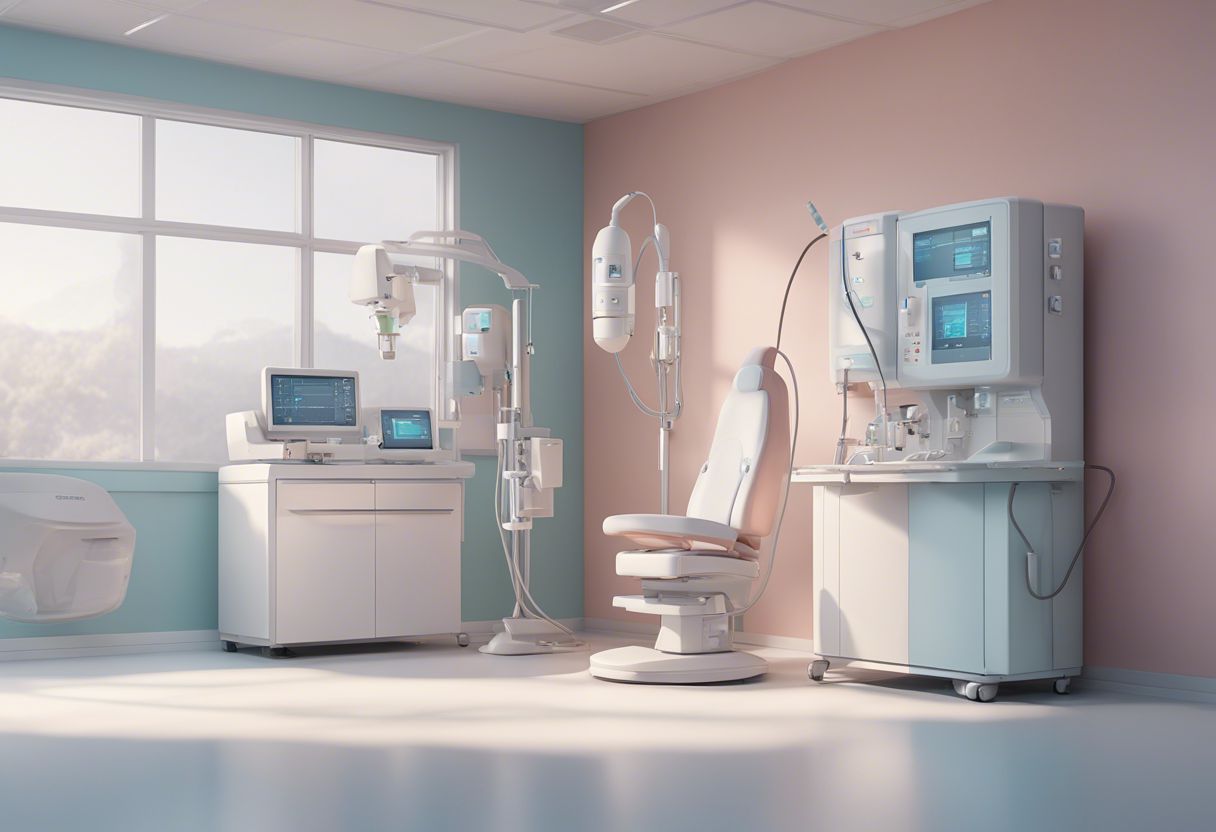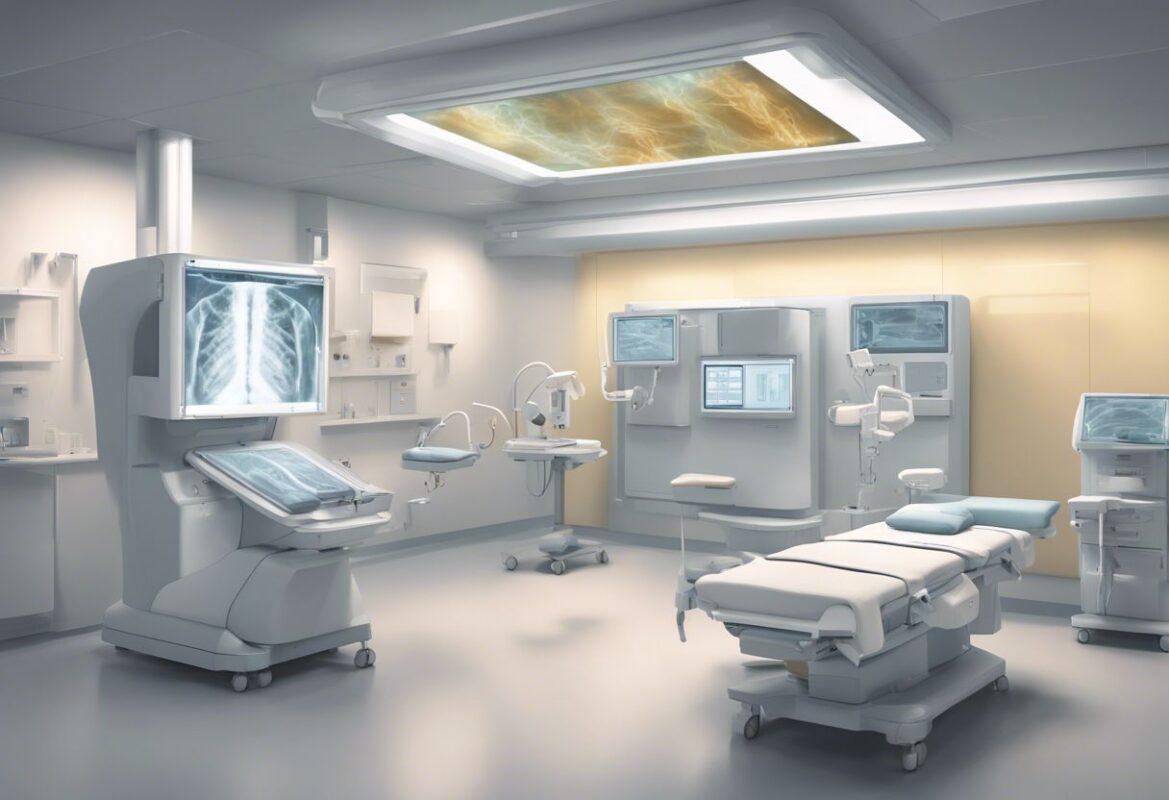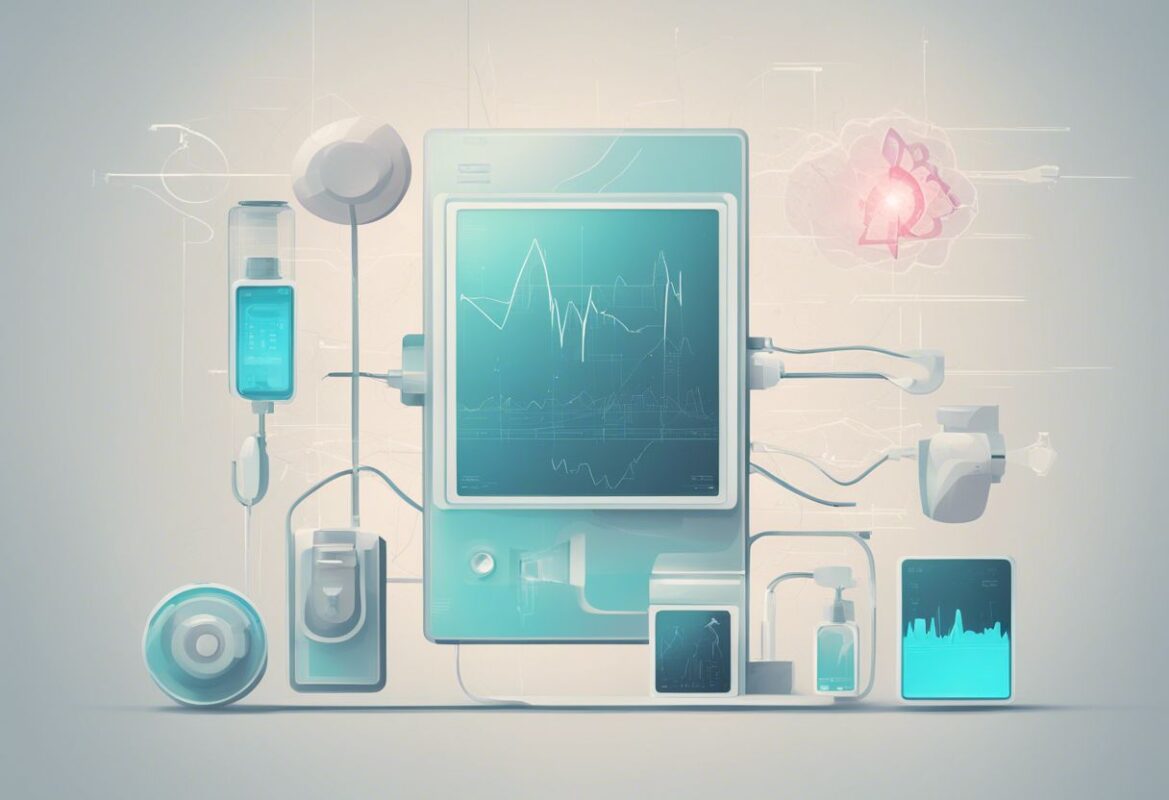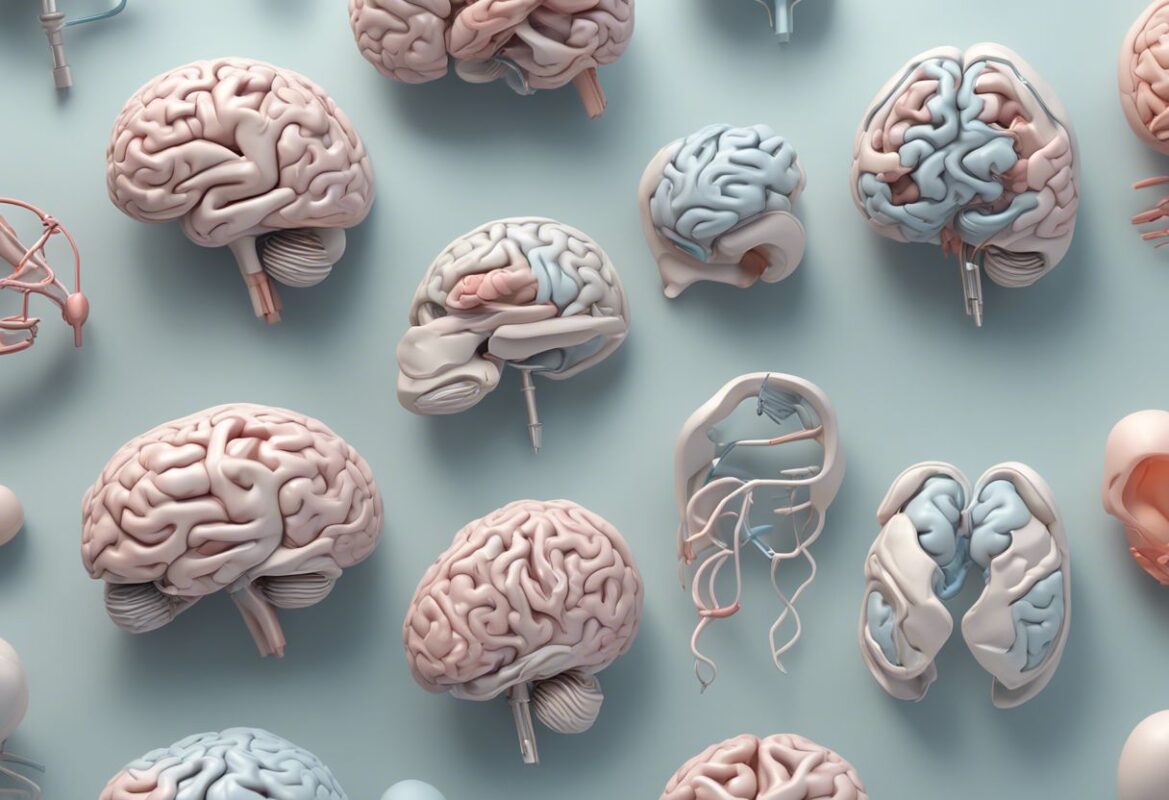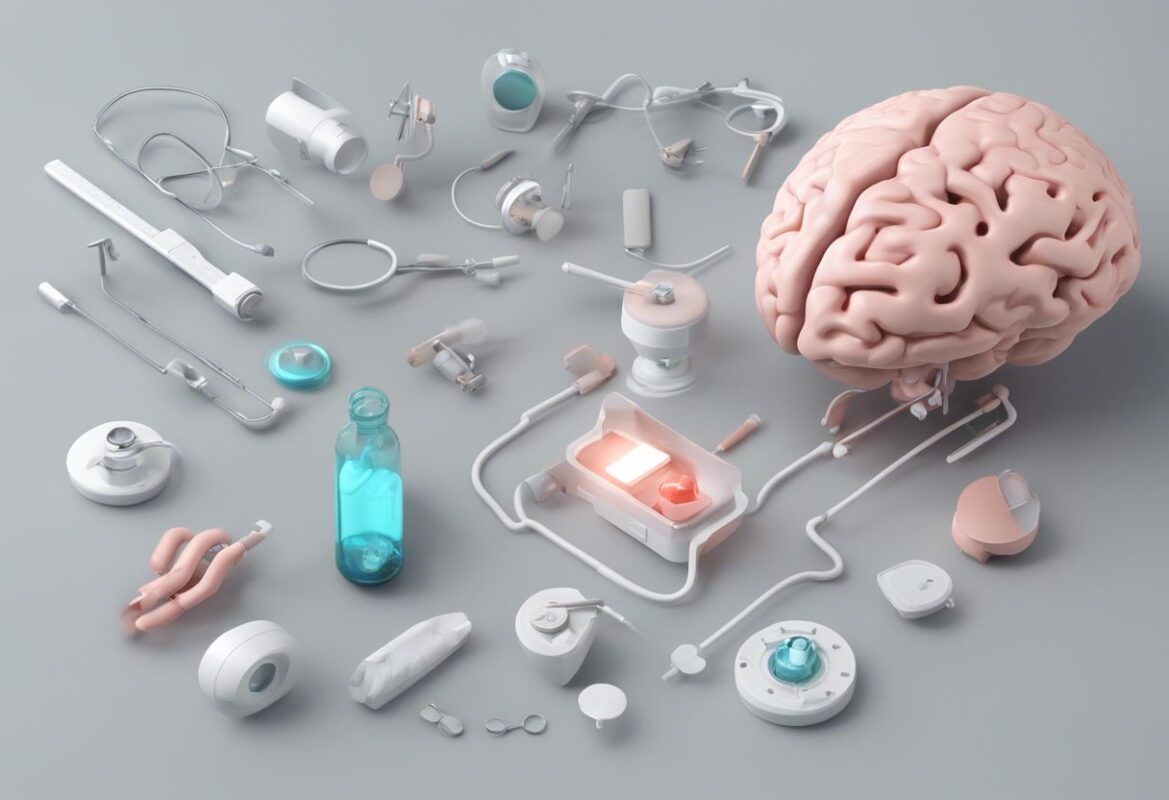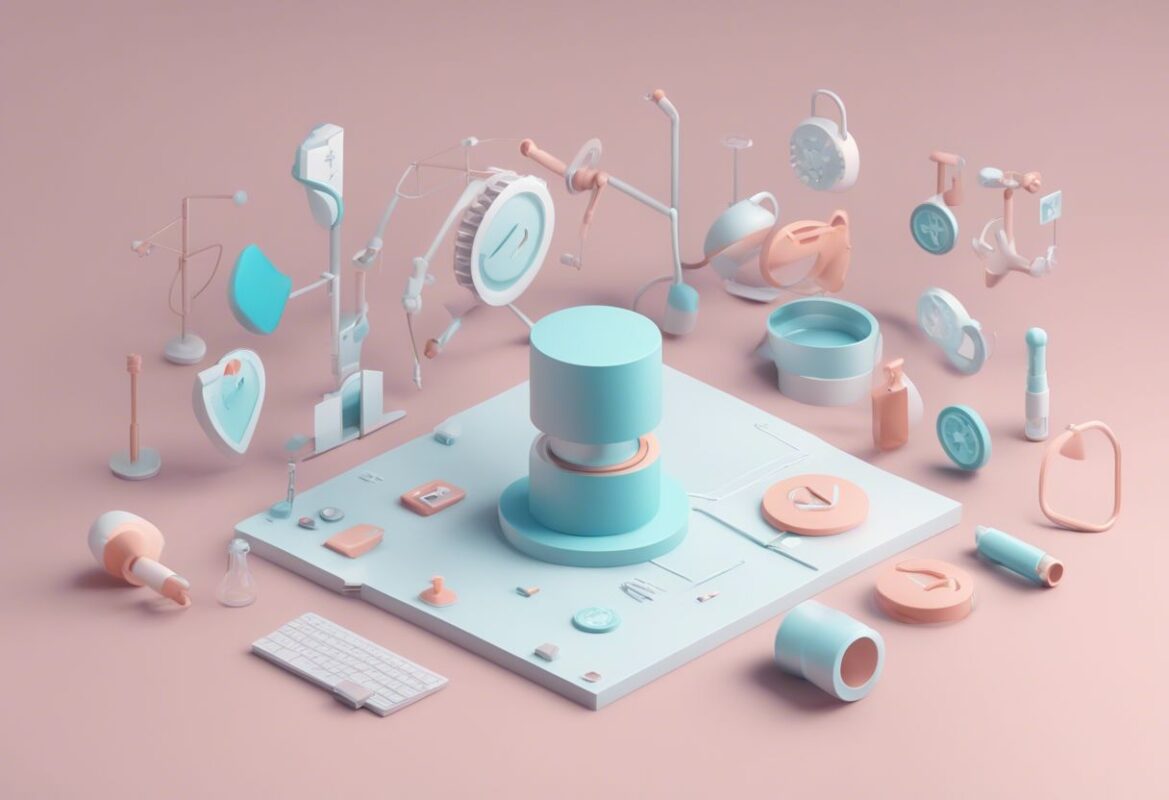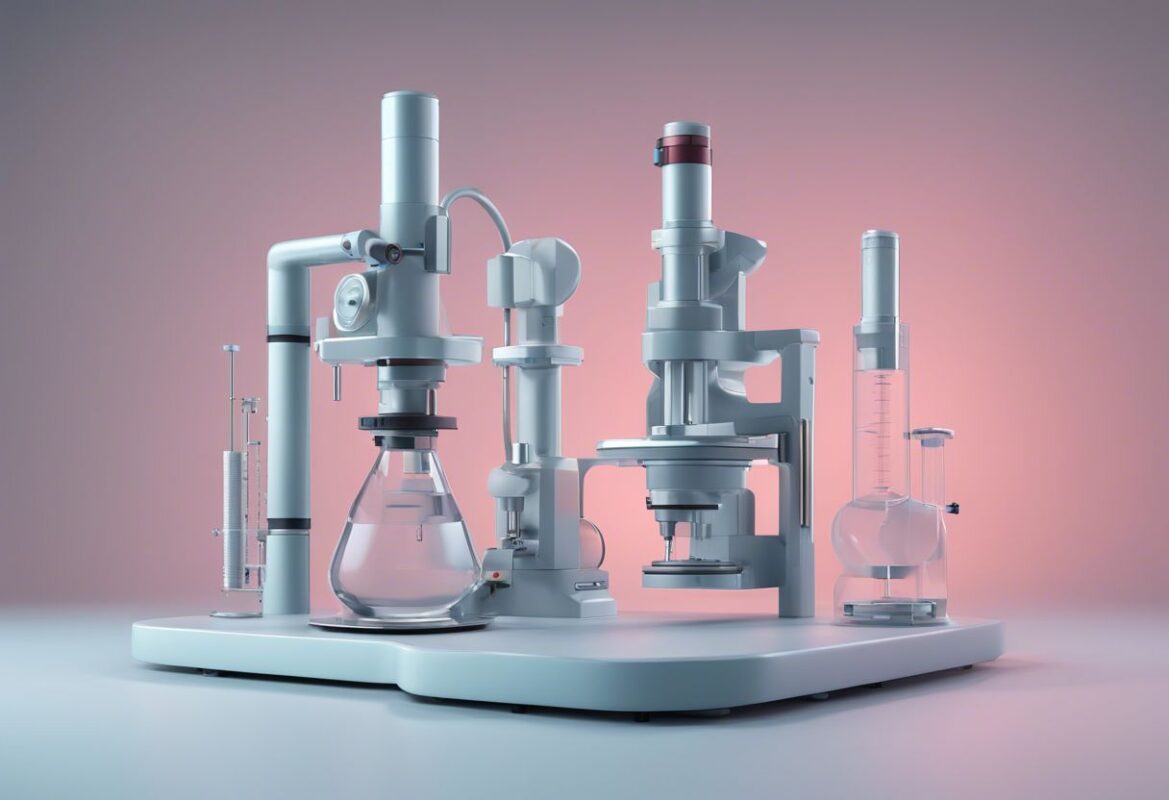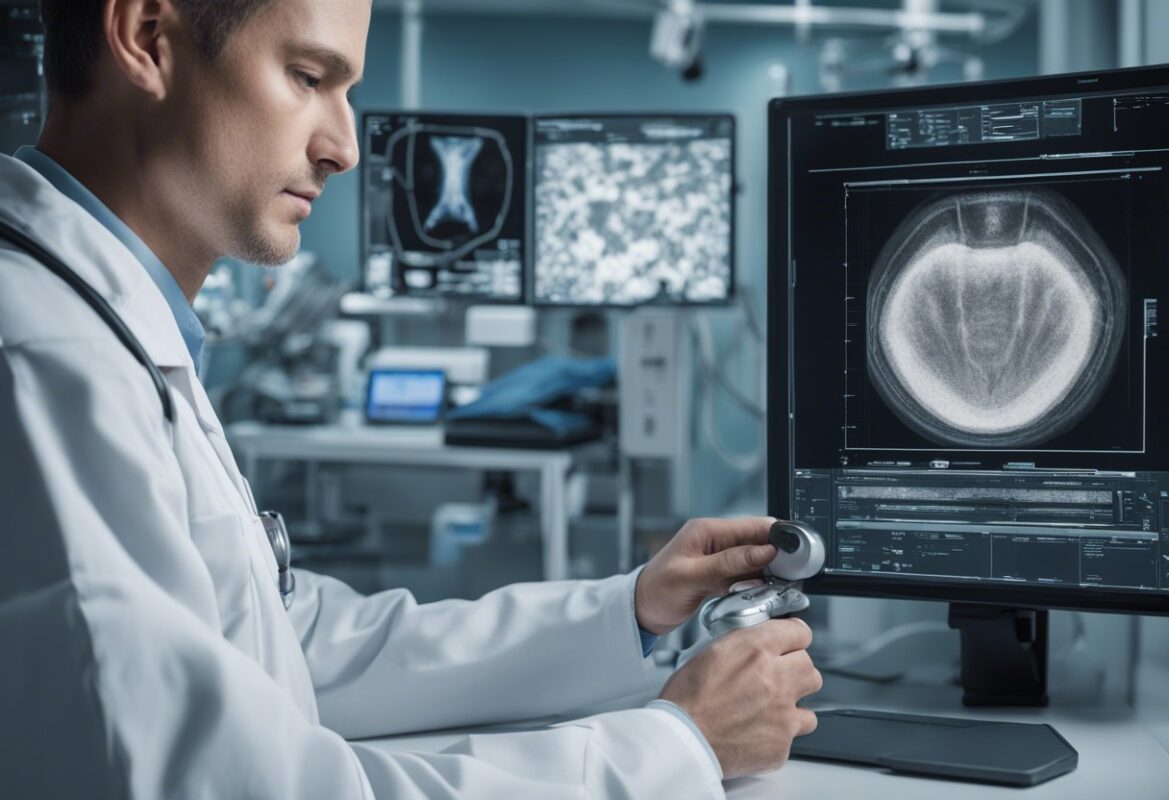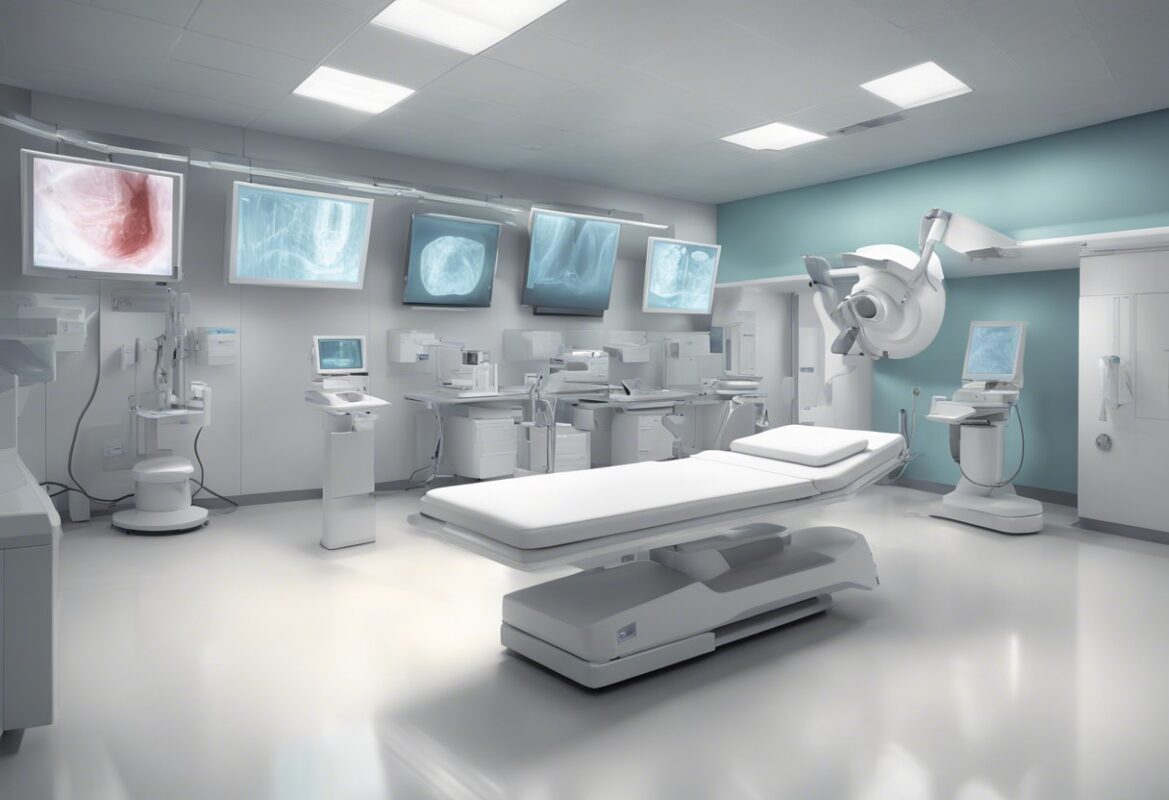Dialysis machines are critical in managing chronic kidney disease (CKD) and acute kidney injury (AKI), providing essential support for patients with impaired kidney function. Over the years, technological advancements have significantly enhanced the efficiency, safety, and comfort of dialysis treatments. This detailed post explores the latest advancements in dialysis machines, their applications, and the future trends shaping renal care.
Understanding Dialysis Machines
Dialysis machines perform the functions of the kidneys by removing waste products, excess fluids, and electrolytes from the blood. There are two primary types of dialysis: hemodialysis and peritoneal dialysis.
Key Characteristics of Dialysis Machines
- Efficiency: Ability to filter blood effectively and remove waste products.
- Safety: Features to prevent infections, clotting, and other complications.
- Comfort: Enhancements to improve patient comfort during treatment.
- Accessibility: Innovations to make dialysis more accessible in various settings.
Types of Dialysis Machines and Their Applications
1. Hemodialysis Machines
Overview
Hemodialysis machines remove waste products and excess fluids directly from the bloodstream. Blood is drawn out of the body, filtered through a dialyzer, and then returned to the body.
Key Features
- Dialyzer Efficiency: High-efficiency dialyzers that maximize waste removal.
- Advanced Monitoring: Continuous monitoring of blood flow, pressure, and dialysate composition.
- Automated Systems: Enhanced automation for ease of use and precision.
Applications
- Chronic kidney disease management
- Acute kidney injury treatment
- In-center and home hemodialysis
2. Peritoneal Dialysis Machines
Overview
Peritoneal dialysis uses the lining of the abdominal cavity (peritoneum) as a natural filter. Dialysis fluid is introduced into the abdominal cavity, where it absorbs waste products and excess fluids, which are then drained away.
Key Features
- Cyclers: Automated peritoneal dialysis machines (APD) that manage the fluid exchanges during treatment.
- Portable Devices: Lightweight and portable machines for home use.
- Enhanced Safety: Systems to prevent peritonitis and other infections.
Applications
- Home-based kidney disease management
- Patients seeking more flexible treatment schedules
- Pediatric and adult renal care
Recent Advancements in Dialysis Machines
1. Portable and Wearable Dialysis Devices
Overview
Advances in miniaturization and battery technology have led to the development of portable and wearable dialysis devices, providing greater freedom and mobility for patients.
Key Features
- Compact Design: Small, lightweight devices that can be worn or easily transported.
- Battery Operated: Extended battery life for use on the go.
- User-Friendly Interfaces: Simplified controls and monitoring via mobile apps.
Applications
- Home dialysis
- Travel and outdoor activities
- Increased patient mobility and independence
2. Automated Peritoneal Dialysis (APD) Systems
Overview
APD systems automate the dialysis process, providing continuous and precise management of dialysis fluid exchanges during sleep.
Key Features
- Automated Fluid Exchanges: Timed cycles to optimize treatment efficacy.
- Remote Monitoring: Connectivity for real-time monitoring and data sharing with healthcare providers.
- Enhanced Safety: Built-in alarms and safety features to prevent complications.
Applications
- Home-based peritoneal dialysis
- Pediatric dialysis management
- Patients requiring continuous dialysis therapy
3. High-Flux and High-Efficiency Dialyzers
Overview
High-flux and high-efficiency dialyzers enhance the removal of larger molecules and toxins, improving overall treatment outcomes.
Key Features
- Improved Membrane Technology: Advanced materials for better filtration.
- Increased Surface Area: Enhanced efficiency in waste removal.
- Optimized Flow Rates: Faster and more effective dialysis sessions.
Applications
- Hemodialysis for chronic kidney disease
- Shorter treatment times
- Improved patient outcomes and quality of life
4. Home Hemodialysis Machines
Overview
Innovations in home hemodialysis machines make it feasible for patients to perform dialysis treatments at home with minimal assistance.
Key Features
- User-Friendly Design: Simplified operation for ease of use.
- Remote Support: Telehealth integration for real-time support and monitoring.
- Compact Size: Space-saving designs suitable for home environments.
Applications
- Home-based hemodialysis
- Increased treatment flexibility
- Enhanced patient comfort and convenience
5. Bioartificial Kidney Research
Overview
Research into bioartificial kidneys aims to develop implantable devices that replicate the functions of natural kidneys, potentially eliminating the need for traditional dialysis.
Key Features
- Biocompatible Materials: Safe for long-term implantation in the body.
- Cell Integration: Use of renal cells to enhance filtration and metabolic functions.
- Compact Design: Small enough for implantation, reducing the need for external devices.
Applications
- Chronic kidney disease treatment
- Reduced dependency on dialysis
- Improved quality of life for kidney patients
Benefits of Modern Dialysis Machines
Enhanced Patient Outcomes
Advanced dialysis machines improve the efficiency and efficacy of waste removal, leading to better overall health outcomes for patients with kidney disease.
Increased Patient Comfort and Convenience
Portable and home-based dialysis options provide greater flexibility and convenience, allowing patients to maintain their lifestyles and perform dialysis in the comfort of their homes.
Improved Safety and Monitoring
Modern dialysis machines come equipped with advanced safety features and real-time monitoring capabilities, reducing the risk of complications and ensuring effective treatment.
Reduced Healthcare Costs
Home dialysis options and advancements in dialysis technology can help reduce the overall costs associated with dialysis treatments, benefiting both patients and healthcare systems.
Future Trends in Dialysis Machines
Integration with Artificial Intelligence (AI)
- Innovation: AI algorithms to optimize dialysis treatment schedules, fluid management, and predictive maintenance.
- Impact: Enhanced treatment personalization, improved patient outcomes, and reduced machine downtime.
Development of Fully Implantable Artificial Kidneys
- Innovation: Research into bioartificial kidneys that can be fully implanted, offering a permanent solution to kidney failure.
- Impact: Elimination of the need for dialysis, improved quality of life, and potential cost savings in the long term.
Enhanced Telehealth and Remote Monitoring
- Innovation: Advanced telehealth platforms for real-time monitoring and remote support of dialysis patients.
- Impact: Increased access to care, particularly in remote areas, and improved patient management.
Sustainable and Eco-Friendly Designs
- Innovation: Development of dialysis machines with sustainable materials and energy-efficient technologies.
- Impact: Reduced environmental impact and alignment with global sustainability goals.
Personalized Dialysis Therapies
- Innovation: Tailored dialysis regimens based on individual patient profiles and real-time health data.
- Impact: Improved treatment efficacy and patient adherence, and reduced side effects.
Conclusion
The advancements in dialysis machines have significantly transformed kidney care, offering improved efficiency, safety, and patient comfort. From portable and wearable devices to automated peritoneal dialysis systems and high-efficiency dialyzers, these innovations are enhancing the quality of life for patients with kidney disease. As technology continues to evolve, the future of dialysis promises even greater advancements, including AI integration, bioartificial kidneys, and enhanced telehealth capabilities. By staying informed about these developments, healthcare providers can offer cutting-edge dialysis care, ensuring better outcomes and improved quality of life for patients.







